So, just saying, you guys loved last week’s article. It was a hit – and got the blog a new record for single-day page views.
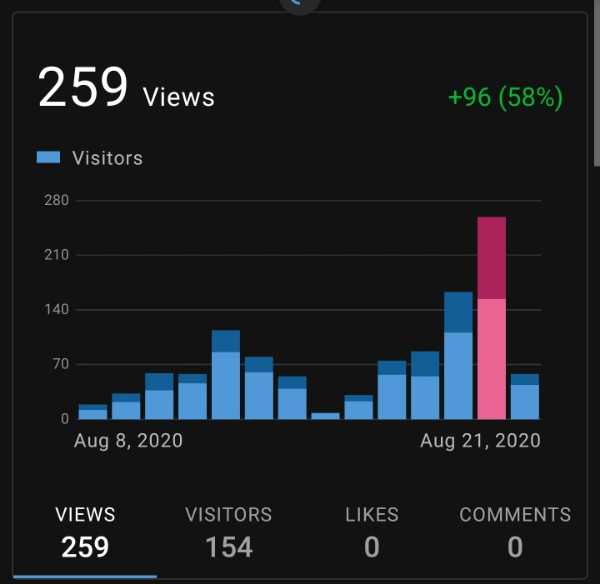
That’s quiet the act to follow. However, I think it’s time we looked at the opposite end of the scale. Can Jira be used for fun? What are these fun use cases?
When we think of Jira, we often think work. Someone wants you to do something. Or there is something you are acknowledging needs to be done. However, I believe in the flexibility of the platform, so I’ve managed to find a couple of unusual use cases that prove Jira is not only for work.
Jeopardy, brought you by Jira
This one was brought to my attention by a colleague, but the original credit for the idea belongs to Dan Eads, who permitted me to share it. He came up with the idea for a Detroit AUG meeting. And let me just say, this is one of the best examples I’ve seen in a long time to prove Jira’s flexibility.

So, let me discuss how I set this up, based on the original Idea. My first step was to figure out my categories, and create a status for each one. I also took the time here to remove any extra statuses that wouldn’t be needed for this project. As a note, make sure this project is using a unique workflow that is not shared.

Note I use the “Allow all statuses to be transitioned to this one” option. This setting is more just to make my life easier, but it works well in this case.
Next, I needed to think about how to store the information. Each question will have three independent pieces of data tied to it: the dollar amount, the question, and the answer. Reusing as many fields as possible, I opted to have the summary hold the dollar amount, the Description contains the question, and a new field I called “Answer” to keep the answer. This new field was just a single-line text field, nothing to fancy.
You might ask, “Why I didn’t just put the answer into the description?” Well, I wanted to be able to click on the question in a Kanban board and have it display the question – to simulate how the problem is behind the dollar amount on Jeopardy. Having both the question and answer in the same field would then give away the answer. Hence the need to separate the two values.

My thinking here is there will be two windows open for this – one that is displayed on a projector or shared on zoom for the audience, and a second hidden one for yourself. The Audience view will have the Kanban Board, but you will pull up the issue itself to see the question and answer in your view.

Now that we have the workflow and the fields, we need to work on the Kanban board. I started by going to the Columns and removing all the default options – replacing them with my categories. I mapped each Column with its appropriate status, leaving the backlog and Done statuses unmapped.

I also went into the Issue Detail View and removed all fields from there – that way, when I click on an issue, the audience can see the Description clearly and read the question for themselves.

And that’s it for the project configuration. All I need to do now is create issues to represent each of the thirty questions on a typical Jeopardy board. I found a good resource for getting questions quickly was https://jeopardyquestions.com. But feel free to think up your own company or ACE specific questions!
As a final note, I found the best way to clear questions that have been answered using my setup was to go to the Kanban Board while the issue was selected, click the ellipses, and then click “More Actions…” After that, click Done, which will cause the question to fall off the board and onto an unmapped status.
All told, writing up this how-to took me twice as long as actually setting it up. The first board, complete with the configuration from scratch and inputting all the questions, only took me about 30 minutes. I’d imagine each round after that would only take half as long to set up – especially if you already have the questions picked out.
This game sounds like an exciting way to use Jira to have a bit of fun, so this is something I suggest you check out sometime!
So a Jira Admin wants to do some writing
So question: you have a Jira Admin who wants to write a novel. How would they keep track of all the characters, stories, plot devices, etc. that goes into that?
Honestly, I’d use Trello. I use that to manage the blog, so I don’t forget post idea’s I’ve had!

However, a colleague named Jesse Wisener had the idea to use Jira and Insight to manage all these threads. Now, I am no-where near the Insight master that Jesse is, but I think I see where he’s going with this, so I’m going to try to do it justice.
I’ll start by creating a new Empty Object Schema in Insight.
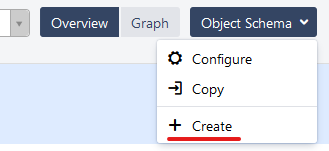


This gives me a rather large blank screen to work with. So now we need to start populating it! Click “Create Object Type” to start adding the broad categories. These will be things like Settings, Characters, Plot Devices, etc.
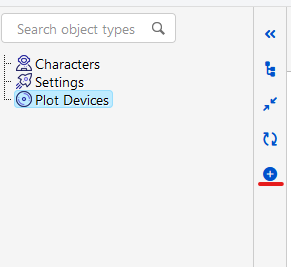
From here, we can branch out further, such as breaking up characters into “Protagonist,” “Antagonist,” “Extras,” etc. At this point, repeat for all the other categories as you write ideas down and need expansion. Is your protagonist exploring a new dungeon? Write the details down in a new entry under Settings. Do they find the one sword that will defeat the dark lord? That’s a plot device. This method is an easy way to keep these various elements organized.
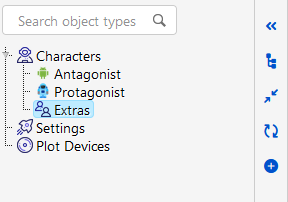
Honestly, I’ve done something similar for a collaborative writing project I’ve been known to help with. I used Confluence spaces for each broad category, but it still is the same concept. This shared world we write in has been around for many years – long enough that some of the histories have drifted into “Lore,” but we still use Confluence to keep all these things in our collective memory, and it’s worked well for us so far.
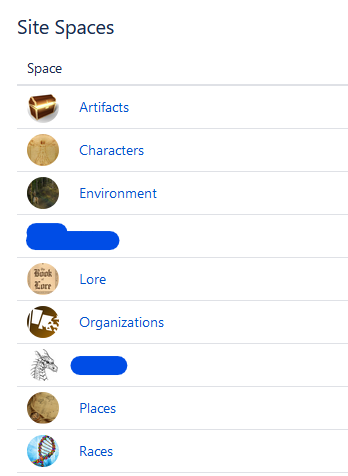
And that’s it for this week!
I know this is a relatively short post. However, I’ve had a busy week, and I don’t see it slowing down just yet. However, many exciting things are lining up!
This Friday will be the first anniversary of my first post to get a lot of attention. Considering where I was last year – the change is fantastic. I’ve stated it before, but I was hoping a potential employer would read the blog back then. I consider this post the blog’s real start – as that is when I started posting regularly. To see how many of you read it every week now is more than I could have ever dreamed, so thank you.
Second, Atlassian invited me this past week to look at some of the new ideas they have brewing for Jira Cloud. I cannot share any details yet (it’s very VERY hush-hush), but I am very excited about what they are doing. Honestly, I cannot wait to be able to share the news with you!
And finally, there is a new book on Jira Governance out. It’s called “7 (non-users) stories on (not only) Jira governance“, and I’ve gotten a copy to review. I’m only halfway through it, but I like what I’ve read so far. I’ve always dealt with governance because someone had to, but it’s never been a strong-suite of mine. So I’m looking forward to writing up the review for next week!
If you’ve liked what you’ve read here, don’t forget to leave it a like, comment, and share on your social media of choice. You can find me on Twitter, Facebook, or LinkedIn with the latest from the blog. You can also use the form below to get new blog posts delivered directly to your inbox! But until next time, my name is Rodney, asking, “Have you updated your Jira issues today?”

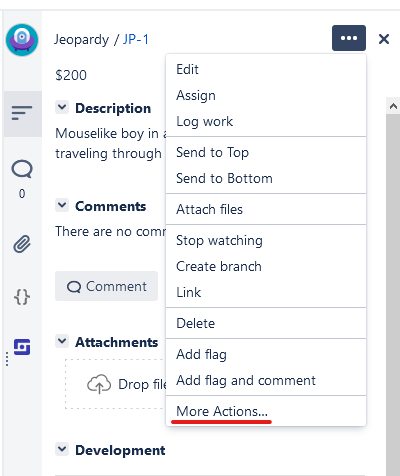
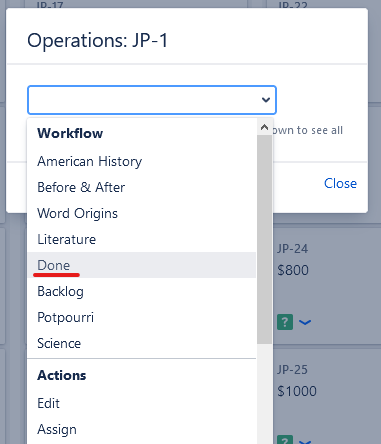
Don’t forget about using Jira to make music, a la DJ Kanban
LikeLike